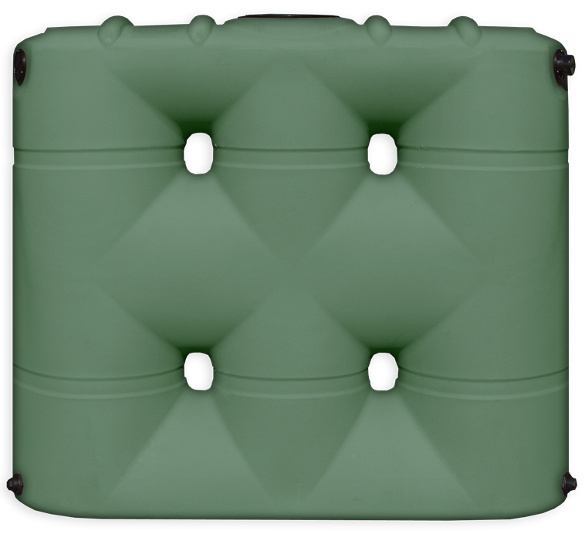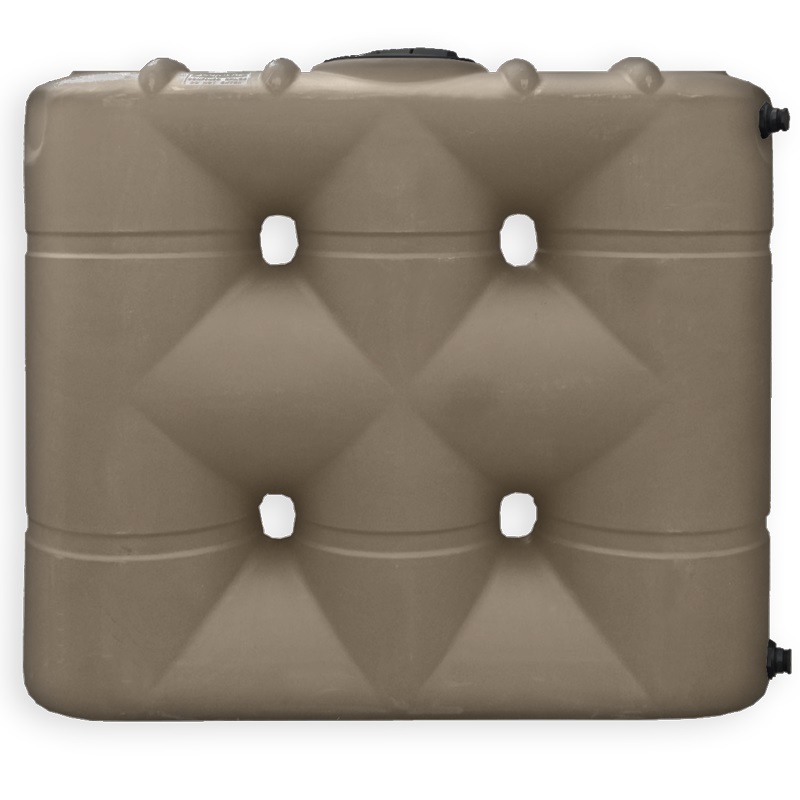Checking Out the Various Usages of Rain Containers for Residential and Commercial Characteristics
As the global focus on sustainable living methods continues to intensify, the use of rain storage tanks in both household and industrial settings has actually emerged as a relevant remedy. These containers supply a reservoir for rain harvesting, offering a myriad of possible applications that prolong much past simple storage. From watering to commode flushing and landscaping, the versatility of rain tanks is vast. Their combination right into industrial buildings opens up a world of possibilities for eco mindful businesses. The multifaceted uses rain tanks provide an engaging instance for their adoption, not only as a useful water-saving action however also as a testament to responsible resource monitoring.
Benefits of Utilizing Rain Containers
Utilizing rain tanks uses countless benefits for both homes and communities in regards to water conservation and sustainability. Among the essential advantages of making use of rain tanks is the significant decrease in reliance on mains supply of water - Slimline water tanks. By catching and keeping rain for later usage, individuals and communities can lower their demand for treated water, eventually alleviating the problem on water treatment centers and reducing energy usage connected with water transport and treatment
In addition, rain collecting via storage tanks provides a reliable alternate water resource throughout times of water limitations or shortages. This stored rainwater can be used for different non-potable functions such as irrigation, flushing toilets, and cleaning clothing, minimizing the pressure on conventional water sources. Additionally, using rain containers can bring about set you back financial savings for both households and neighborhoods by decreasing water bills and decreasing the requirement for pricey framework expansions to satisfy expanding water needs.
In significance, the utilization of rainwater storage tanks uses a lasting and eco-friendly strategy to water management, benefiting both individual users and the wider neighborhood in regards to water preservation, cost-efficiency, and strength.
Rain Container Use in Watering
Given the advantages of rain containers in preserving water sources and lowering dependence on mains water supply, a significant application hinges on utilizing stored rainwater for irrigation objectives - Slimline water tanks. Rain collecting systems can properly accumulate and save rain, giving a sustainable water source for sprinkling yards, grass, and farming fields. By using rainwater for watering, property owners can lower their dependancy on cured water sources, causing cost savings and ecological advantages

Among the main benefits of using rain for watering is its purity. Rainwater is normally soft and devoid of the chemicals and ingredients usually located in mains water, making it optimal for beneficial plants without the risk of dangerous results. Furthermore, rainwater is at ambient temperature level, which can profit plant development by avoiding temperature level shocks that can accompany cold mains water.
Rain Containers for Toilet Flushing

Implementing rain tanks for commode flushing is a cost-efficient and eco-friendly method that can be easily incorporated into both household and industrial homes. The saved rainwater can be made use of to flush commodes by linking the tank to the existing plumbing system. This simple yet efficient solution can substantially decrease water usage in a building, especially in areas where water shortage is a concern.

Integrating Rainwater Tanks in Landscaping
An effective technique for improving sustainability in landscaping involves incorporating rain storage tanks to enhance water usage and advertise green techniques - Slimline water tanks. Integrating rainwater tanks in landscape design uses various benefits for both residential and business buildings. These storage tanks can capture and save rain runoff from roofing systems, which can after that be utilized for watering yards, yards, and plants. By utilizing rain for irrigation objectives, homeowner can reduce their dependence on local water sources, leading to set you back savings and preservation of valuable water sources.
In enhancement to giving a sustainable water resource for landscape design requirements, rainwater tanks can likewise help in handling stormwater runoff. By capturing rain that would certainly otherwise stream right into storm drains pipes, these tanks can alleviate disintegration, reduce flooding dangers, and protect against pollution of natural water bodies. Additionally, incorporating rainwater storage tanks in landscape design can add to the overall aesthetic charm of the property, showcasing a dedication to ecological stewardship.
Industrial Applications of Rain Containers
Making use of rain containers in business setups offers a lasting solution for water management and conservation, benefiting businesses and the environment alike. Commercial applications of rainwater tanks vary and increasingly preferred as a result of the price financial savings and ecological benefits they supply. One crucial industrial use is for irrigation purposes, where collected rainwater can be used to water landscape design, yards, and farming fields surrounding commercial residential or commercial properties. This can cause considerable reductions in water expenses and dependence on local water resources.
In addition, rainwater gathered in containers can be dealt with and made use of for non-potable objectives within business homes, this post such as flushing commodes, cleansing, and cooling systems. On the whole, the consolidation of rainwater tanks in business settings presents look here a useful and ecologically liable strategy to water management.
Conclusion
From irrigation to commode flushing and landscape design, the use of rainwater containers can assist save water sources and reduce water costs. Generally, the adaptability and sustainability of rainwater containers make them a useful investment for any home owner looking to raise water performance.